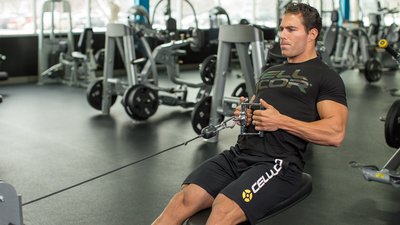There's more to back training than deadlifts and rows. With the amount of real estate you need to cover on your back, a routine that hits all of the muscles will include multiple angles, grips, and movement planes.
Here are seven insider tips that'll help you hit the right muscles the right way for maximum back development with all your favorite back workouts.
Tip 1: Move Heavy Iron with Deadlifts and Rows
As a rule, the exercise you do first in your routine has the biggest impact on eventual gains in muscle size and strength. And no matter what part of your body you want to focus on, the best way to have a big impact is to do multijoint movements first.
Multijoint movements recruit the greatest degree of musculature, giving you the biggest anabolic punch. They also allow you to move the heaviest loads. When it's back day, you won't get a better training stimulus than by starting with either a barbell deadlift or bent-over row.
Lifters usually include both of these exercises in their back routine. The deadlift is a posterior-chain movement, targeting the back side of your body, from your calves to your traps. The bent-over barbell row has a narrower degree of overall muscle recruitment, specifically targeting pulling muscles including the back and biceps.
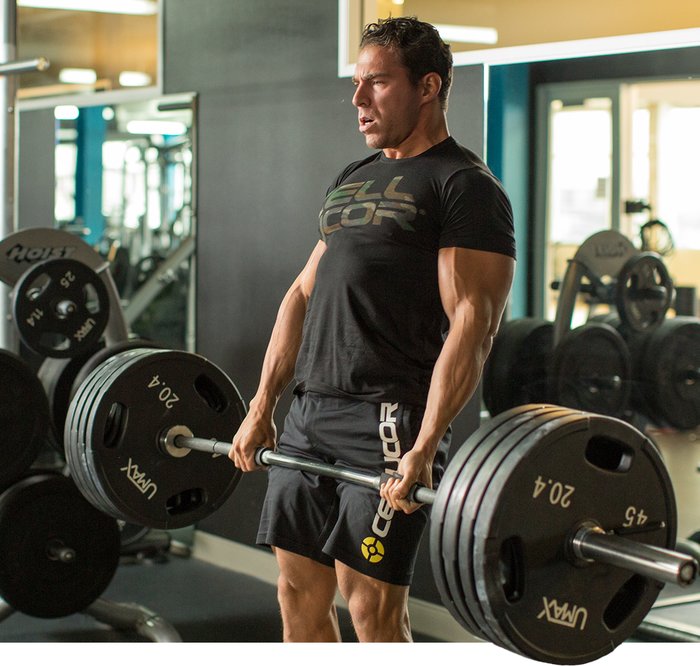
Because you can pile on the weight for both of these exercises—and because they hit so many muscles—they're ideal for creating the kind of significant overload you need to really trigger muscle growth. But to get the benefit of these exercises, you need to do them the right way.
A "3 sets of 10" approach may seem comfortable, but it won't deliver the same impact that a more strength-focused approach will, especially when you're doing these exercises first. Instead, amplify the benefits for building strength and size by switching to a more demanding scheme, such as 5x5 (5 sets of 5 reps). The impact can be even greater if you've never tried 5x5s before.
Both the bent-over row and deadlift movement patterns are very technical, so it's critical you nail the form before adding significant weight. Heavy loads combined with bad form lead to a greater risk of injury. If you're a beginner, you've got to get the form right, which means learning how to hip hinge.
Tip 2: Double Down on Improving Your First Lift
When you first start lifting, the gains come fast, whether measured in terms of strength or size. Then comes the inevitable plateau, when you don't seem to progress, no matter what you do.
When I was younger and hit these plateaus, I always thought it meant I had to train harder and give more. Isn't that what the top pros say, "give it 110 percent"? What I really needed to do was train smarter. You don't have to fall into the same trap I did.
When you reach a training plateau, thinking that more effort will get you over the hump is a short-sighted strategy. You'll hit many plateaus in your training, and you can't simply dial it up a notch each time. After all, your capacity for effort isn't infinite.
But you can progress by attacking your sticking points—those points in the range of motion of a particular exercise where you ultimately fail. By increasing your strength to get you past these specific points, you can move past the plateaus. And, there are proven techniques and protocols to help you do this.
Strength coach Josh Bryant, MS, CSCS suggests isometrics and a six-week program designed to break through your sticking point. Another strength coach, Todd Bumgardner, MS, CSCS, offers more general training tips to overcome deadlift plateaus, as well as specific techniques to attack sticking points. Note that many of his tips can also be adapted to rows.
This concept of attacking your sticking points, rather than just trying to work harder, gives you a practical way to move past plateaus and continue making gains.
Tip 3: Think Multiple Movement Planes…
You probably think "lats" when reflecting on back exercises, but that's a limited perspective. The back consists of a group of muscles, including the lower, middle, and upper portions of the trapezius; the latissimus dorsi; the rhomboids; the rear delts (from the shoulder muscle group); the teres major and minor; and the erector spinae.
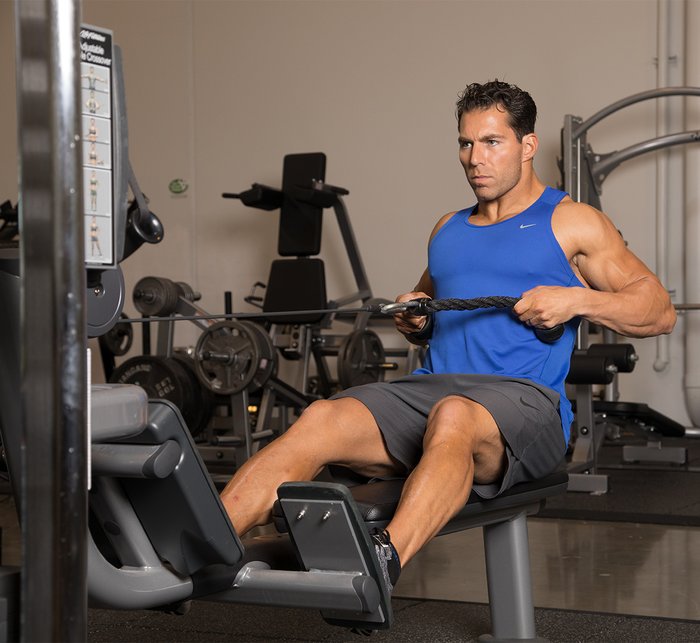
Dedicated back exercises are frequently broken into two groups: rowing motions, where you pull more or less perpendicular to your body, and pull-ups and pull-downs, where you pull in a vertical plane. Rowing motions focus primarily on building middle-back thickness, while pull-up and pull-downs emphasize lat width.
A good back routine will include both of these kinds of movements. Your routine may include more of one type of movement than the other as you adjust the combination to meet your specific goals.
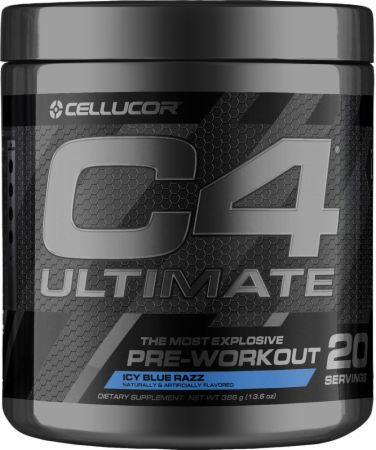
Tip 4: …And Multiple Grips
You may have a favorite grip for your free weights and machine rows, but before you fall back into the same old routine, consider what happens to your elbows when using various types of grips.
When you take an overhand grip that's well outside shoulder width, your elbows stay out away from your sides, which better emphasizes the upper lat fibers. An underhand, shoulder-width grip, or close (neutral) grip, keeps your elbows tighter to your sides, which better recruits the lower lat fibers.[1]
When you're doing rowing motions using a wide grip, bring the bar higher up on your chest to hit the upper lats, middle traps, and rhomboids. When you're using a narrow grip, bring the bar into your lower-abdominal region to better engage the lower lats.
Reverse-grip exercises like bent-over rows and pull-downs allow for a longer range of motion, while shifting a bit more emphasis onto the biceps.
By paying attention to your grip, you can fine-tune your training stimulus—and add some new variety to get you out of a rut.
Tip 5: Pull Your Elbows Back
You'd never consider doing only half squats for your legs or half benches for your chest, but that's what you may be inadvertently doing on back day. I see it all the time in the gym: people use loads that are so heavy that every rep they do falls short in terms of range of motion.
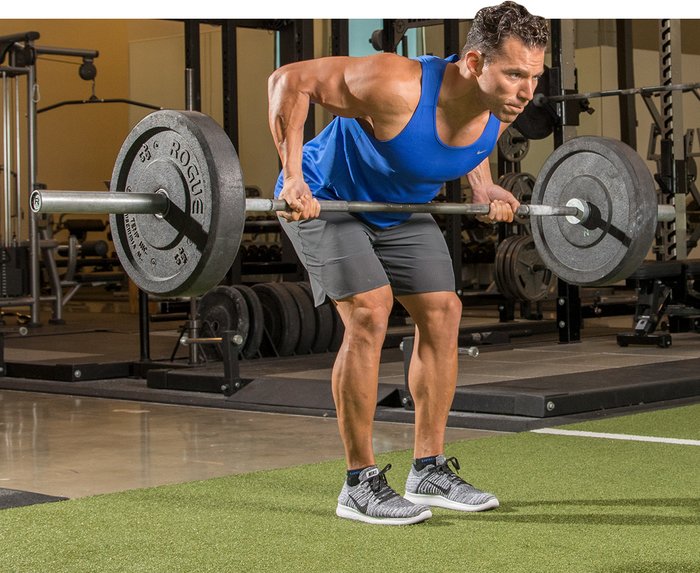
Full range training requires pulling the bar or handle all the way to your body, not several inches short. When pulling, bring your elbows as far back behind the plane of your body as possible, squeezing your shoulder blades together.
Using too much weight reduces your range of motion and recruits other muscle groups, notably the erector spinae (a group of muscles in the lower back).
Tip 6: Use Lifting Straps on Your Heaviest Sets
The sole purpose of lifting straps is to help you maintain a better grip, especially on those very heavy sets of pulls. (Okay, they may also marginally help your image as a gym bro.) But there are pros and cons to using straps.
Many lifters avoid using straps because they fear losing forearm and grip strength over time. That can happen—especially if you use them on every set—but that's not a good reason to avoid them altogether. On those very heavy sets, your grip will likely give out before your lats do, and that can cost you an extra rep or two on each set. You want to take your lats to failure, not your grip.
Use lifting straps only for your heaviest sets. You'll get some degree of grip and forearm training, and you'll be able to take your heaviest sets to the right kind of failure. If you want to build up your lower arms, by all means, go for it, just don't make it a part of your back routine.
Tip 7: Blast Your Erectors, but Only at the Very end
Heavily weighted back exercises require muscles strong enough to maintain your natural spinal curvature. Rounding your back during a movement puts you at risk for disc injury, which is one of the worst things that can happen to a lifter. And that's where the erector muscles come in.
Their job is to protect your spine. They do this by working isometrically to hold your torso in position, keeping your discs protected as you go through heavy sets of bent-over rows, deadlifts, and other demanding back builders.
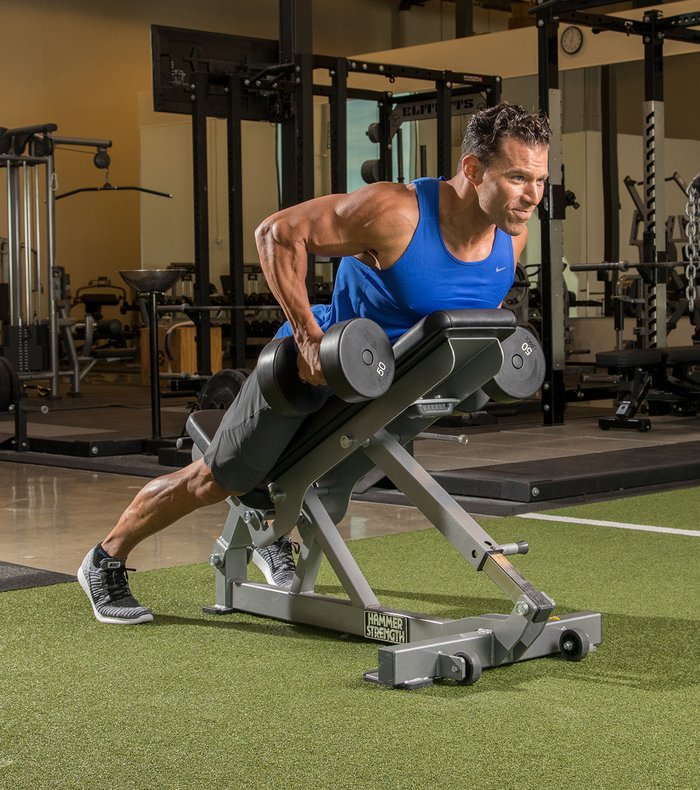
Do these heavy exercises first, while your erectors are fresh and at peak performance. Do lighter exercises that specifically target your erectors, like good mornings and back extensions, when your lower back doesn't need quite as much support.
But watch your form! Aggressive leaning on pull-downs and bent-over rows recruits your erectors actively rather than isometrically. Active recruitment can decrease the stimulus on the target muscle, overwork the erectors, and quickly fatigue the lower back.
References
- Wuebben, J., & Stoppani, J. (2008). Stronger Arms & Upper Body. Human Kinetics.



